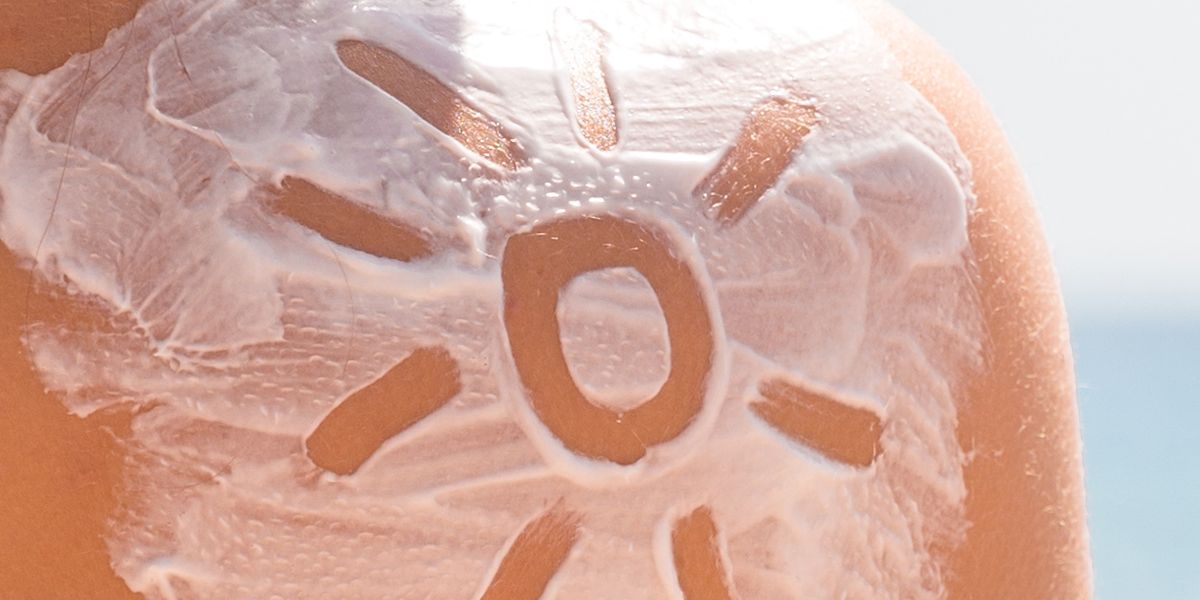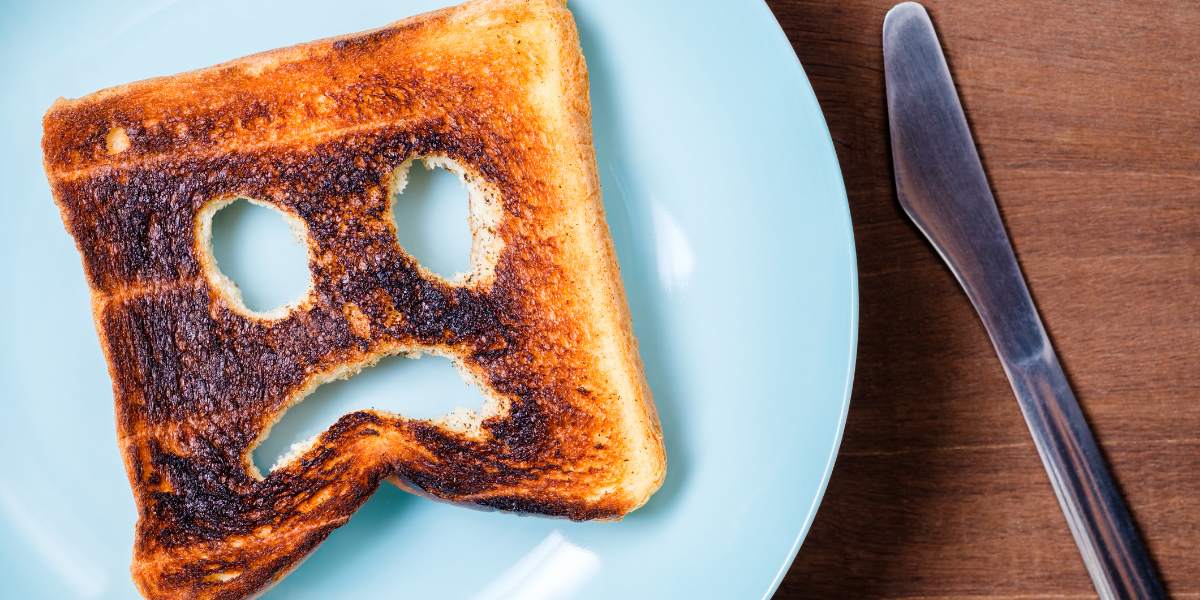As temperatures soar past 30°C, people living with diabetes and healthcare experts have been reminding people living with diabetes of the risks associated with the hot weather.
Diabetes is a condition that affects approximately five million UK residents and disrupts the body’s ability to regulate blood sugar or glucose levels.
Uncontrolled, high blood sugar levels can lead to severe immediate and long-term complications. Experts from charity Diabetes UK and people living with the condition have been sharing tips on staying safe in the heat.
Hypo awareness
While the sun is a great way of getting vitamin D, hot weather can increase the risk of hypoglycemia for those on blood glucose-lowering medication such as insulin. Hypoglycaemia refers to the state when blood sugar levels dip dangerously low.
Heat complicates hypo symptoms like fatigue, perspiration, and dizziness, making them difficult to recognise.
For people with diabetes intending to soak up the sun, it’s advised to frequently monitor blood glucose levels and adjust insulin doses as needed.
Those who are going to be active during the hot weather should be extra vigilant and check their levels beforehand, eating something sugary if their glucose levels are low.
Hot weather checklist
- Drink plenty of water
- Test your blood glucose levels often
- Keep insulin, medicine and equipment out of direct sunlight and heat
- Stay inside when the temeperature is at its hottest
- Wear loose, light clothing
- Have a bag ready for emergencies (e.g., hypo treatments, spare meter)
Equipment risks
Extreme temperatures can also harm equipment such as glucose monitors and test strips. These devices should be kept out of direct sunlight and maintained at room temperature.
Avoid putting your glucose monitor and test strips in direct sunlight and try to keep them at average room temperature.
Keeping insulin cool
If you travel to many hot countries, you might already be used to keeping your insulin cool, carrying it with you in a cool bag or carry case. However, with the current temperatures, it’s worth storing your insulin in the fridge, if you don’t already, as this will prevent heat damage.
Heat-damaged insulin, which typically appears cloudy with a grainy liquid adhering to the side of its glass container, could be responsible for elevated blood sugar levels.
Insulin exposed to direct sunlight, which often adopts a brownish colour, should be avoided.
Importantly, compensating for fluid losses due to sweating is crucial – to stay hydrated and boost fluid consumption.
Dehydration can contribute to increased blood glucose levels and hyperglycaemia.
How can I tell the difference between heat exhaustion and heatstroke?
Heat exhaustion occurs when your body becomes overly heated and finds difficulty in maintaining or adjusting its temperature.
This condition can impact anyone, including individuals who are physically fit and healthy, particularly if they are engaged in intense physical activities in hot conditions or have spent the day consuming alcohol under the sun. The onset can be sudden, occurring within minutes, or it can manifest gradually over several hours. Being overweight or obese may also make it harder for the body to cool down.
Symptoms of heat exhaustion include:
- Excessive sweating
- Feeling unwell
- Body temperature of 38°C or above
- Headache
- Dizziness
- Loss of appetite
- Nausea
- Cramps in arms, legs and/or stomach
- Fast breathing
- Feeling very thirsty
The symptoms you experience are the body’s signals telling you to lower your body temperature.
If someone is suffering from heat exhaustion:
- Drink water or sports drinks to rehydrate
- Rest in a cool place – ideally with shade, fan or air conditioning
- Remove tight-fitting and/or clothing that is not required
- Expose as much skin as possible
- Cool your skin – ideally with cool water, spray, cold packs or wet sponge
- Fan your skin while wet to help your skin cool down
Heat exhaustion has the potential to escalate into heatstroke which is a medical emergency.
Signs of heatstroke to watch out for include:
- Persistently feeling unwell after resting in a cool place and hydrating
- Not sweating even when you are feeling too hot
- Body temperature of 40°C or above
- Seizures
- Loss of consciousness or lack of responsiveness
Heatstroke happens when the body can no longer regulate the heat, causing the core body temperature to elevate dangerously.
If someone is showing signs of heatstroke, call an ambulance.
What people in the Diabetes Community are saying about the heat:
- “Some [sensors] have fallen off but mostly on a hot, humid summers day following a run”
- Speak to other people with diabetes in the Diabetes Forum




